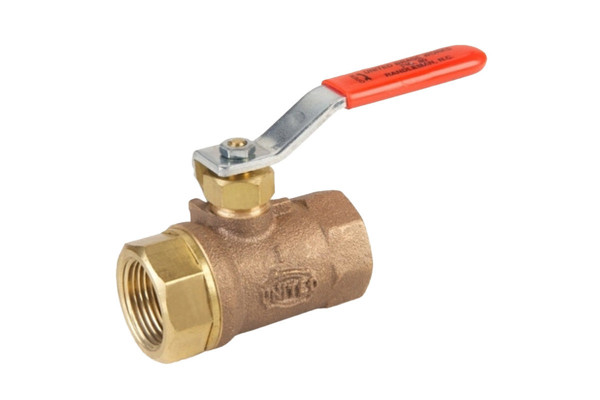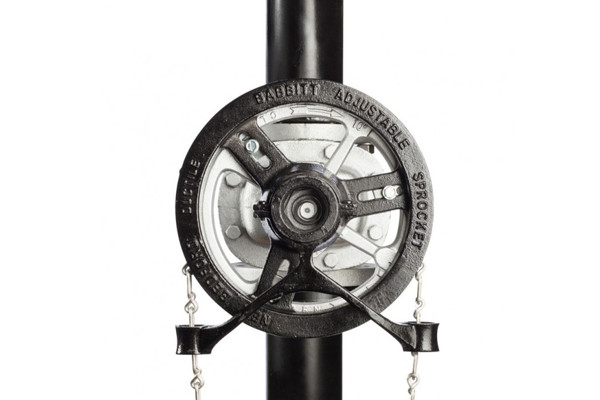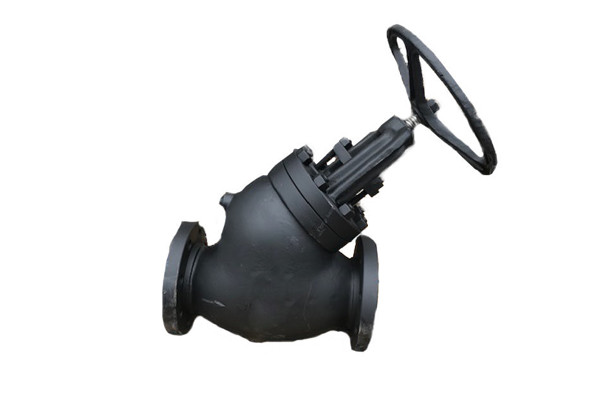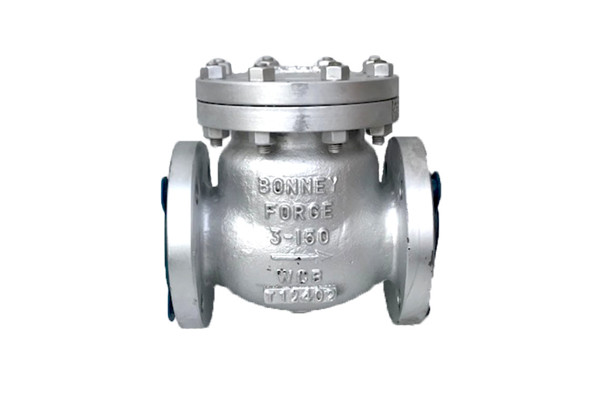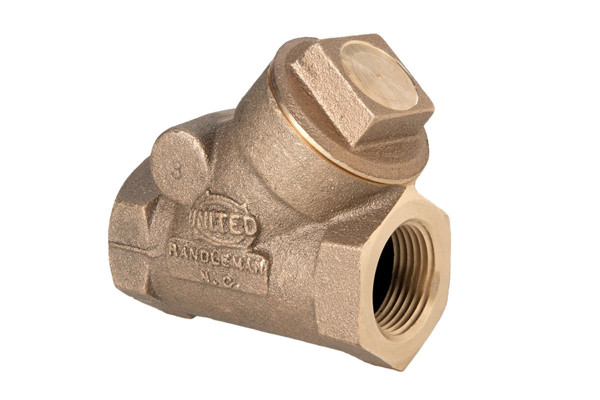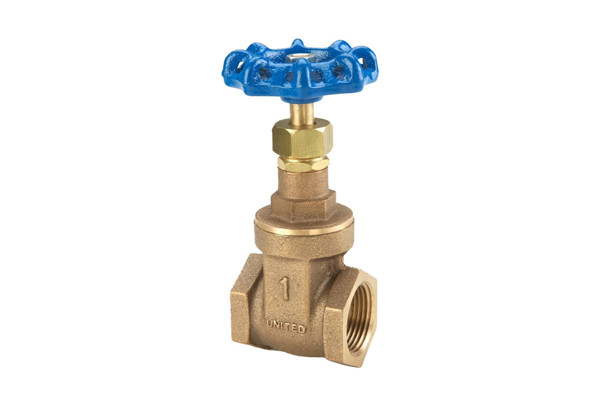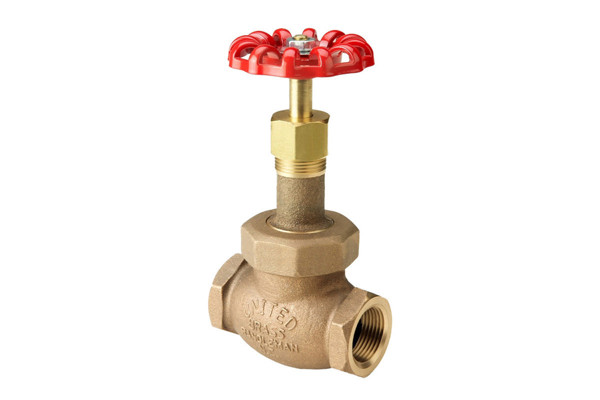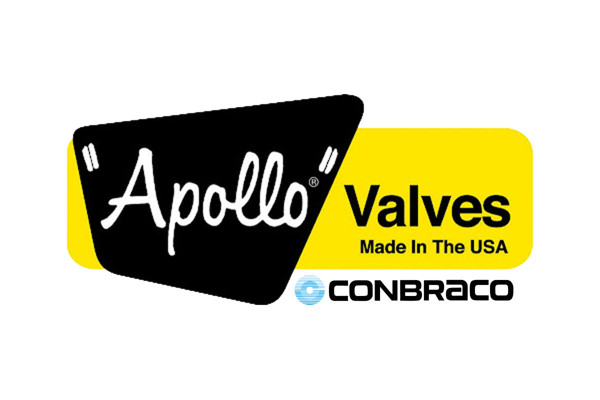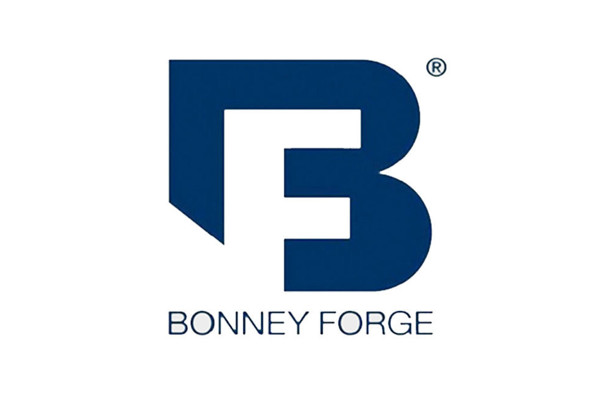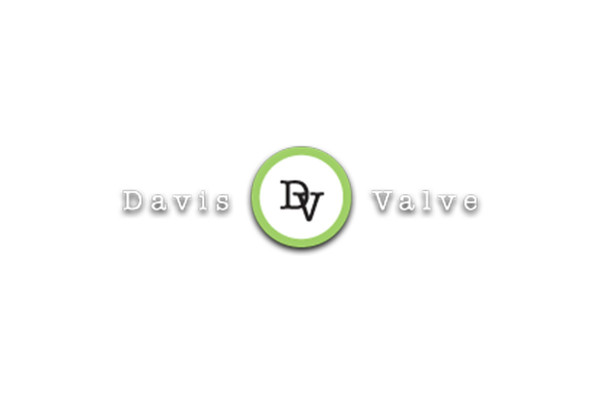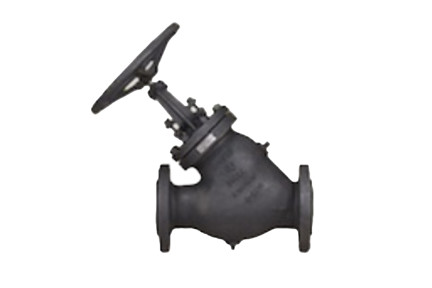Valves
Steam Valves are used to control the flow of steam through piping. They can be used in both on / off operation or throttling applications where a specific flow rate is desired such as top blow down. Valves can be used in many different applications and come in different types. Common types are ball, gate, and globe valves. BoilerWAREhouse carried a variety of valves from manufacturers such as United Brass, Crane, Bonney Forge, and others.
If you do not see the part you want below, feel free to use the chat function and see if we possibly have the part you are looking for in stock.
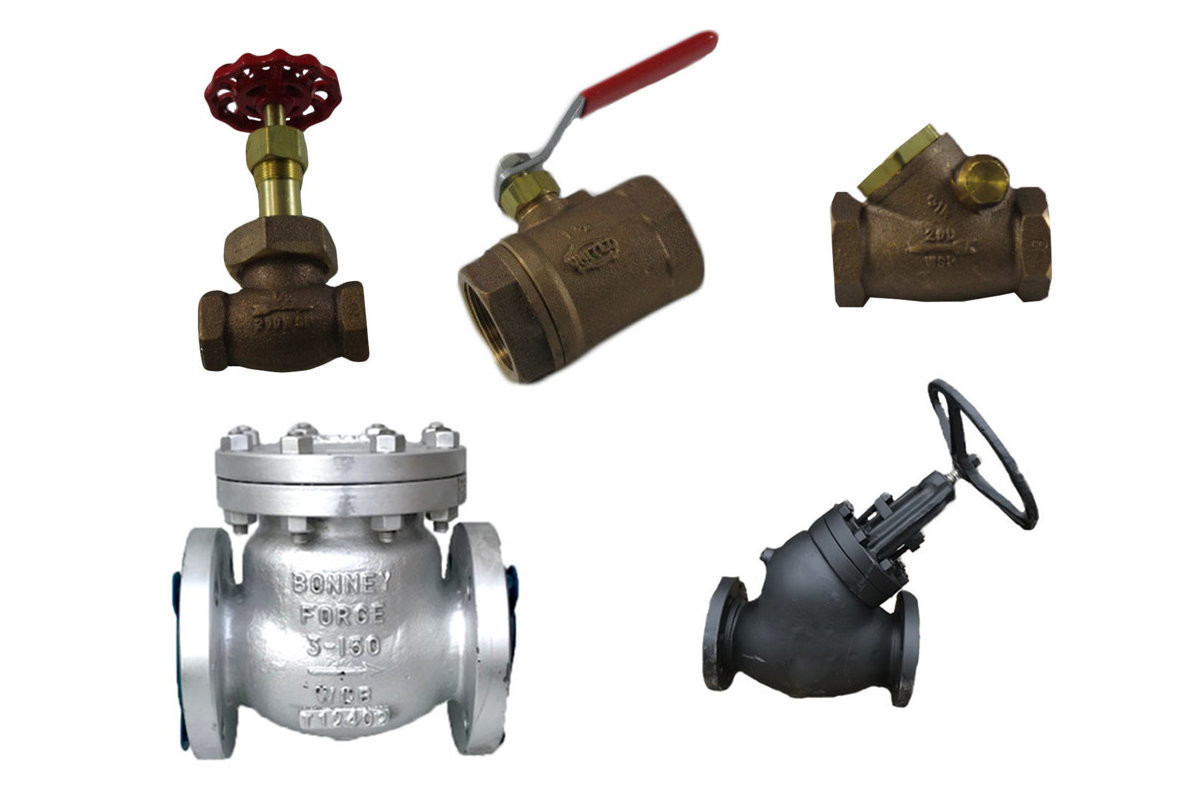
Most Popular
-
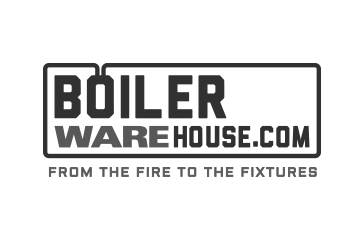
Davis Valve
Davis 25SSC - 4", 250#, Straight Pattern Stop Check Valve
- SKU:
- 25SSC 4
- In Stock:
- 4 available
What is a Valve & What is its function?
Valves Direct The Flow
If something inside a boiler is moving, there’s a valve to direct it where it needs to go. Steam, condensate, feed water, fuel, it’s all controlled by the many valves found throughout the fire side and water side of every boiler. Each one serves a specific purpose, which means there are a lot of valve designs out there from a lot of different manufacturers. WARE stocks only the best and most reliable of every kind.
Different Types of Valves & How to Choose
Some valves are designed to simply turn their flow on and off. Others are designed to regulate the flow amount and direction of the boiler’s fuel, water, and steam based on demand within the system.
Ball Valves
Ball valves operate by rotating a metal sphere inside the valve housing. That sphere has a hole cut through it, and the more the sphere is rotated, the more the hole is exposed and the more flow is allowed to pass through.
Flanged Boiler Stop Check Valves
Mounted using flanges instead of threads, these valves prevent flow from reversing, so the water, steam, or fuel can only flow in only one direction. They also permit full closing of the valve by manual operation regardless of flow or pressure.
Flanged Gate Valves
Mounted using flanges instead of threads, these valves adjust flow by moving a flat metal gate up and down inside a housing. The more the gate is lifted, the more flow is allowed through. When the gate is completely shut, flow stops.
Flanged Globe Valves
Mounted using flanges instead of threads, these valves operate by moving a globe or disc in and out of a circular seat to regulate flow amount, or stop the flow entirely.
Flanged Swing Check Valves
Mounted using flanges instead of threads, these valves use a simple disc mounted on a hinge inside the valve housing to prevent fluid backflow. The disk is held closed by gravity, and only opens one way, so any steam, fuel, or water passing through it can only flow in one direction.
Threaded Check Valves
Mounted using threads instead of flanges, these valves prevent flow from reversing, meaning the water, steam, or fuel can only move in one direction.
Threaded Gate Valves
Mounted using threads instead of flanges, these valves adjust flow by moving a flat metal gate up and down inside a housing. The more the gate is lifted, the more flow is allowed through. When the gate is completely shut, flow stops.
Threaded Globe Valves
Mounted using threads instead of flanges, these valves operate by moving a globe or disc in and out of a circular seat to regulate flow amount, or stop the flow entirely.
Chain Operators
Some valves need to be mounted higher up on the boiler beyond arm’s reach. Chain operators, also called chain wheels, are a sort of mechanical remote control that allows a valve to be opened or closed by pulling a loop of chain that passes through the valve wheel.
The Role Valves Play in a Boiler
A boiler is a complex series of systems all working together to produce steam with the greatest possible efficiency. Valves make sure that those systems all have what they need when they need it, and in the right amount. From fuel to feedwater to the steam itself, valves keep the whole system running smoothly.
what is the Effect of a Bad Valve?
When a valve starts to go bad, it will start to leak. This may be caused by normal wear and tear over the years, or corrosion from improperly treated water. When a valve starts to leak it will affect the boiler’s performance, and may eventually become a safety hazard.
Things to Consider about valves:
- Valves are all designed with specific pressure, temperature, and material tolerances. Every valve must be rated and designed for the application in which it will be used. No substitutions.
- Flanged valves require a gasket between mating surfaces to guarantee a tight, leak-free fit.
- Some valves screw into place, while others must be brazed or welded. Check your piping to make sure any new valve is an exact replacement.
- Improperly treated water can cause valves to go bad because it promotes corrosion and sediment buildup in the valve’s internal components.
Helpful Resources
Relevant WARE Videos on Valves
Different Types of Valves in the Boiler Room
Fixing a Valve Packing Leak on a Boiler Sight Glass
Different Valve Stems on Gate Valves and Why It Matters
Everlasting Valves and Boiler Blowdown
Comparing Gate Valves and Ball Valves for Applications
What are Non-Return Valves and How to Properly Install Them
Precision Feed Water Valve for Your Steam System
Checking the Tricock Valves...in less than 60 Seconds
What are the differences between a Gate Valve and a Globe Valve
Explore over 750+ explanatory videos on boilers and boiler systems on our Youtube channel. Our videos can help you quickly grasp complex boiler topics. Watch more here!
Relevant WARE Blog Articles on Valves
Control the Flow: Boiler Valves & Controlling the Flow of Steam
How to Manage Too Much Water in a Steam Boiler
Modulating Feedwater Valves: The Method Behind the Movement
What are the differences between a Gate Valve and a Globe Valve?
Boiler Open and Close: Preparation and Tips
Annual Steam Boiler Open and Close
Boiler Formulas and Measurements to Know
What Parts to Keep On-Hand at All Times
Our informative and educational blog content can help you gain a deeper understanding of the boiler room. Read more here!
Technical Documents
Valves FAQ
What’s the difference between a slow-open valve and a fast-open valve?
Slow-open valves need many turns of the handle or wheel to open fully, while fast-open valves go from fully closed to fully open with a 90- or 180-degree turn of the handle.
What type of valves are best for isolation, or total cutoff?
Gate valves and ball valves are the best choices for total cutoff, but they aren’t as good for precise flow modulation.
What kind of valve offers the most precise flow control?
Because of the way they’re designed, globe valves offer the most precise flow control, also known as modulation.
Do check valves have handles?
Unless the check valve has a manual override built into it, there’s no need for a handle. A check valve is fully self-contained, and only serves to prevent flow reversal.
